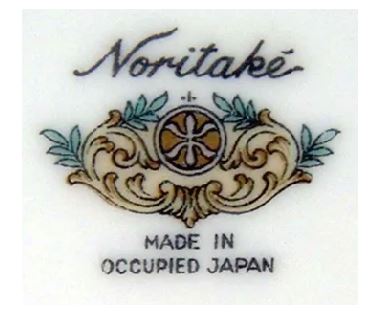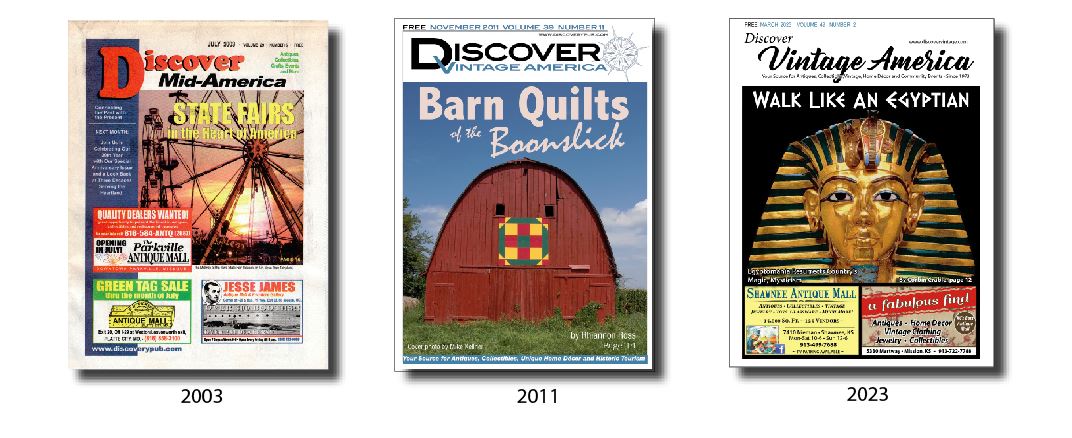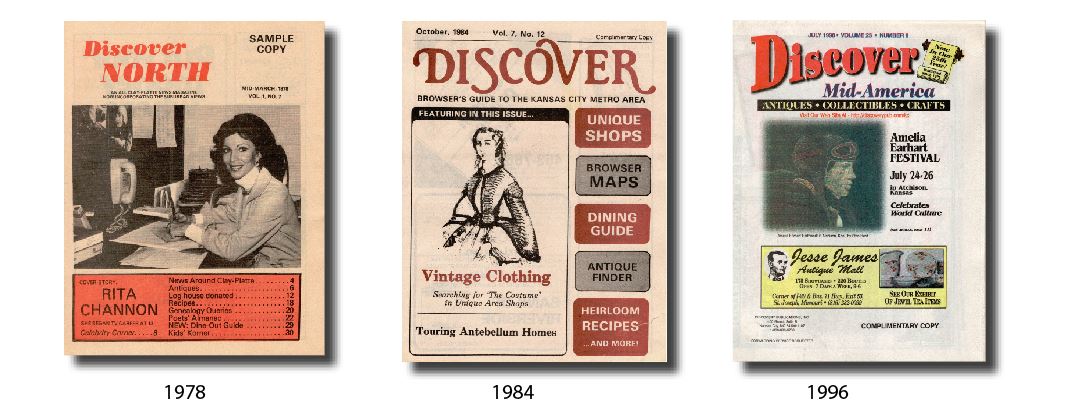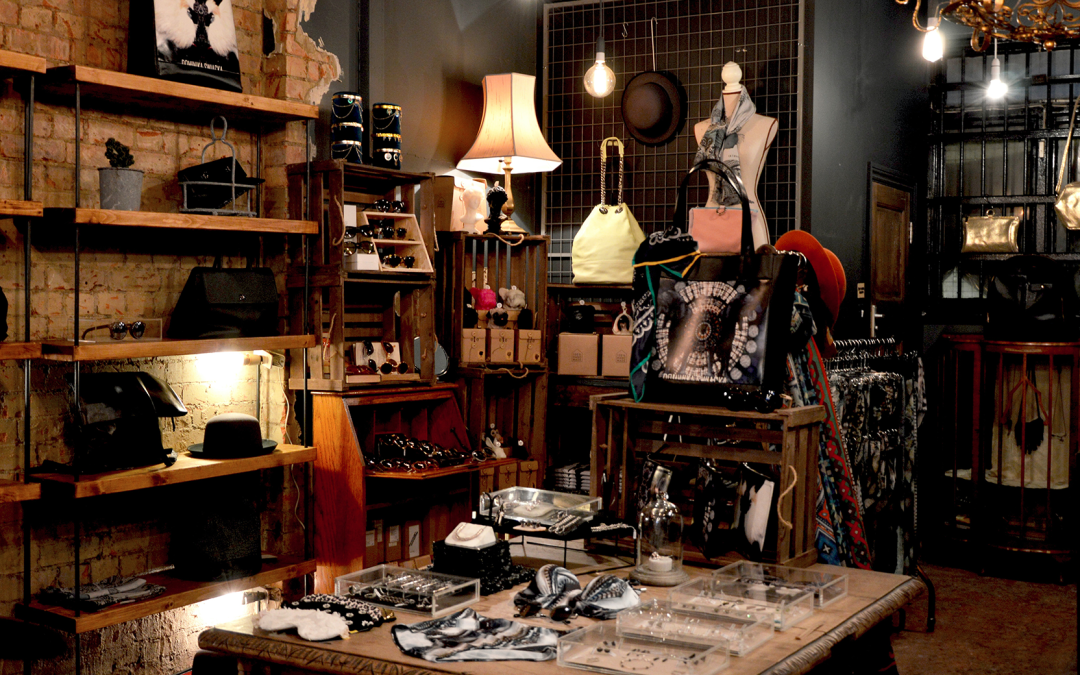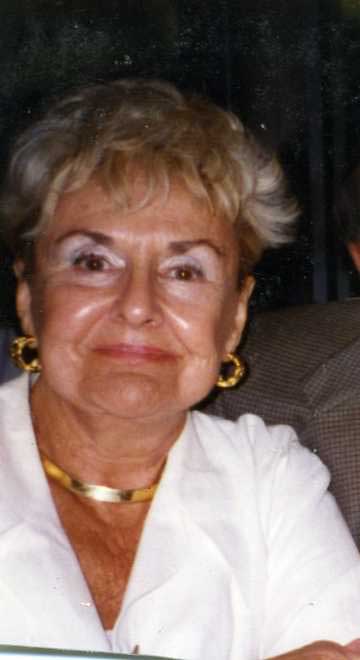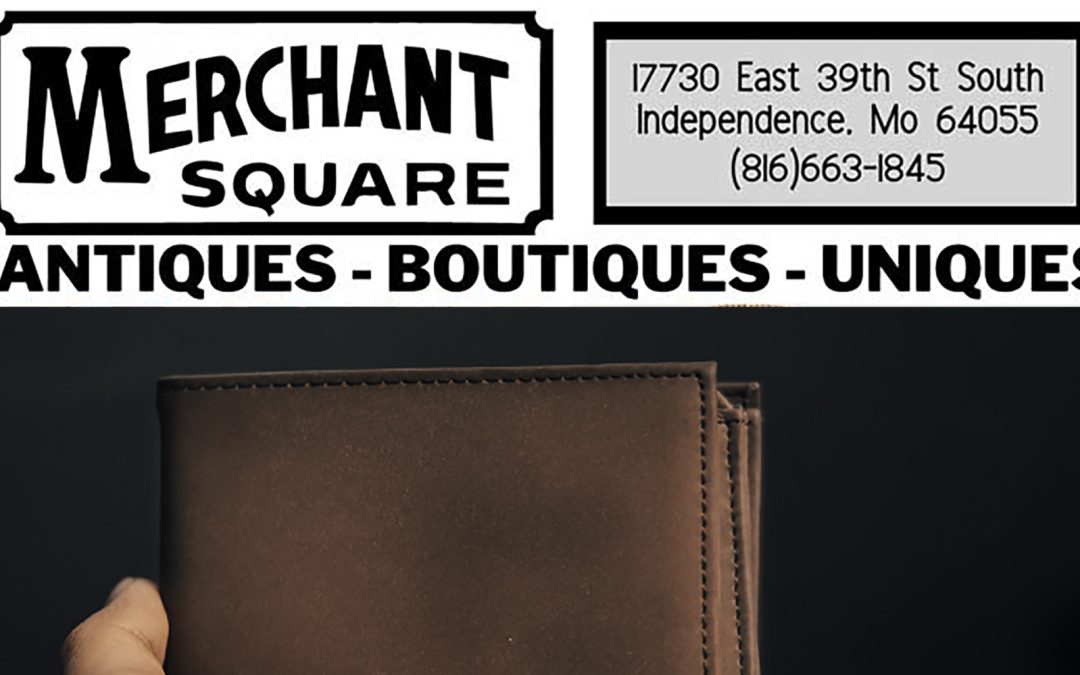
Item tied to former Kansas mayor, his family
Wallet Photo by Jonathan Duran on Unsplash
October 2023
Everything Old
Item tied to former Kansas mayor, his family
by Corbin Crable
Last weekend I enjoyed my first visit to Merchant Square in Independence, MO, where I had the pleasure of interviewing Jace Sanders, the antique mall’s owner.
Before approaching the front counter to meet him, I browsed the aisles (each one named after a street, attraction or famous person associated with the area). In a booth within the ‘Harry Truman’ aisle, I came across a small item, which I have found myself researching ever since.
It was a brown leather wallet, stamped with an art deco pattern on its exterior. The inside of one of the wallet’s folds was simply stamped ‘B.F. McLean’ in gold letters. And inside one of the pockets, I found the following note, written in neat, capital letters:
Benjamin Franklin McLean, grandson of Wichita founding father Benjamin Franklin McLean. Ben was killed in the Battle of the Bulge in World War II.
For the past year, I had been telling myself that I needed a new wallet – mine was looking pretty ratty and in poor condition. Maybe this newfound treasure would prove to be a conversation piece.
Maybe this newfound treasure would prove to be a conversation piece. Only my friend Google would make that determination. At just $20, I snatched up the wallet and took it to the front counter, anxious to begin learning its story – or at least the story of the person who owned it.
When I got home, I Googled the name in the wallet and found that Benjamin Franklin McLean was born in 1858 (in Canada, no less), worked as a banker, and served twice as the mayor of Wichita (once in 1901-04 and again for a year, from 1923-24. McLean’s son, Benjamin Drew McLean, himself a Harvard graduate, bank officer and World War I veteran, married Elizabeth Anna Mabry, a fellow Canadian, in 1919; he took the helm of his father’s bank in 1930, when McLean Sr. died. The younger McLean and his wife would eventually have five children, one of whom, Ben (their only son and the owner of the wallet), was born in 1921. Not much else is documented about Ben other than he enlisted in the service toward the end of World War II and died during the Battle of the Bulge in early 1945. He was survived by his wife and a young daughter.
Tragedy almost struck the family again in 1956 when Drew and Elizabeth’s daughter, Julianne, a rising concert pianist, was rescued from the doomed Italian luxury liner the Andrea Doria before it sank off the coast of Nantucket in the Atlantic Ocean.
A testament to the McLean family’s influence in Kansas’ most populous city stands there today – a fountain, built in McLean Sr.’s honor in 1934, four years after his death, when his grandson would have been just 13. The Ben F. McLean Fountain can be found in Wichita’s Delano Park.
I tell this story only to share my excitement at finding an item at an antique store that carries with it evidence of its history, told in the form of a short letter, which I plan to keep. If only more items we find at such stores, markets and estate sales could tell us their stories, too. This one felt like pure luck.
I hope you learn as much about your next find as I did about mine. Such discoveries aren’t just delightful. They’re invaluable.
If anyone from the McLean family can share more about our fallen hero Ben McLean, or if any of the information listed in this column is incorrect or requires clarification, please don’t hesitate to contact me. It will be a pleasure to connect with you.



